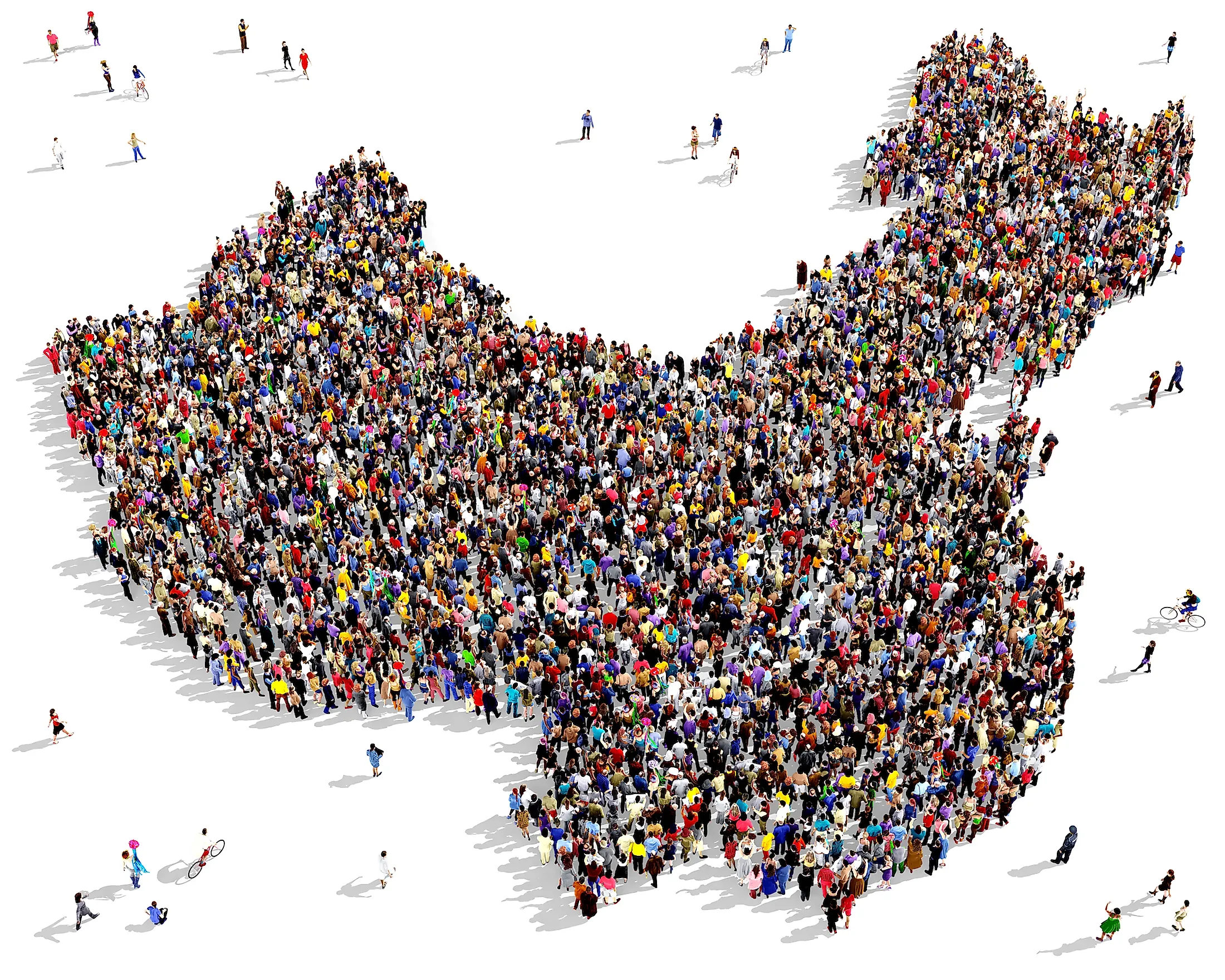For decades, China has been the world’s manufacturing hub, and its demographic dividend has played a significant role in elevating China’s status to a global superpower. China has taken advantage of the extensive, low-cost resources of its labour forces and has developed industries that provide more job opportunities such as material manufacturing, sharing economy, the internet economy, logistics, and so on. It was estimated that between 1980 and 2010, the effect of a supportive population age structure accounted for between 15-25 % of per capita GDP growth. But China’s unparalleled economic juggernaut might be short-lived.
China’s National Bureau of Statistics recently published grim numbers, which stated that China’s population was 1.411 billion people in December 2022 as opposed to 1.412 billion people in 2021. The country’s population had declined by 8,50,000, making it a demographic disaster. A similar population decline took place 60 years back as a consequence of the four-year famine during the ‘Great Leap Forward’ campaign. The great leap forward was a five-year plan initiated in 1958 that carried out coercive agriculture collectivization and rural industrialization, resulting in 30-45 million deaths by starvation, forced labor, suicide, execution, and torture. This time, the deaths outnumbered the births with a massive increase in death rates to 7.37 deaths per 1000 people in 2022 from 7.18 in 2021, and the birth rate declined to 6.77 births per thousand people.
A quarter of its population is estimated to be 60 years of age by 2030 along with a steady decline in the young workforce which currently stood at 62% of the total population coming down from 70% nearly a decade ago. The Chinese government has become extremely desperate to reverse the negative effects of its coercive population control measures. Surprisingly, many Indian leaders believe that India should pursue the same path as China in terms of population control. So the question arises: Is it feasible for India to adopt similar measures?
Click Here To Download The Paper


📌Analysis of Bills and Acts
📌 Summary of Reports from Government Agencies
📌 Analysis of Election Manifestos

